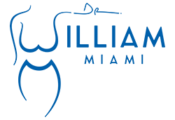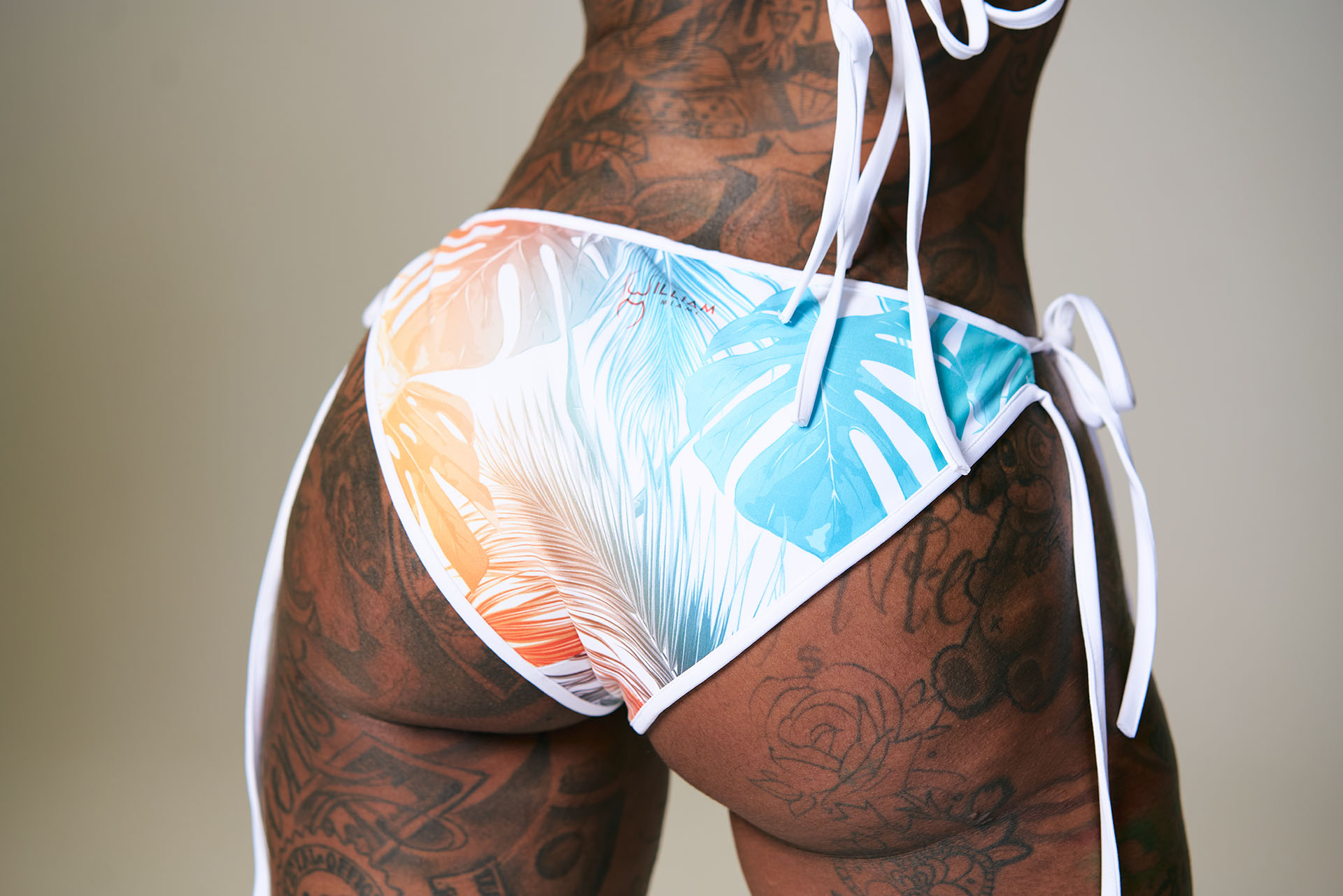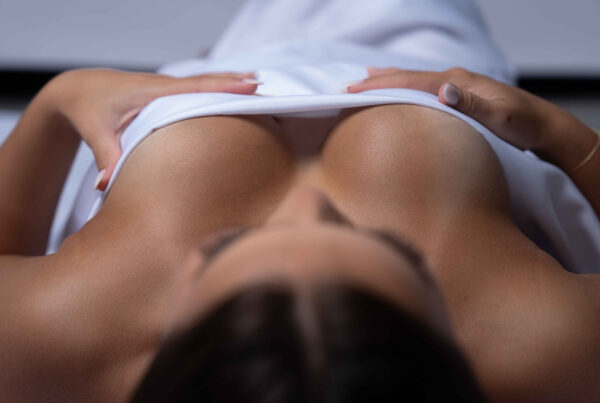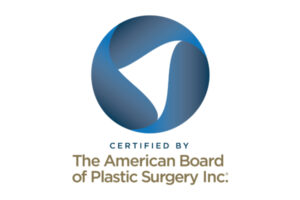Ogee Lipo® is a concept I developed over ten years ago and it has completely changed how I perform liposuction and my BBLs. The development of Ogee Lipo® has been a long time in the making. Here is the story.
Since my time as a resident in Detroit in General Surgery I have liked to teach. In my final year of residency, when I was a chief resident, I won the Resident Teaching Award for teaching other surgery residents and medical students. Now 20 years later as a plastic surgeon I still like to teach. I want my patients to understand why I do what I do. Why I prefer to do a tummy tuck before a BBL. Why I don’t use implants in all patients. Why I rarely do a mini tummy tuck. Explanations so you will understand the why; my reasoning. But with the Ogee Lipo® story I want to go a little deeper, and explain not just why I do what I do, but how I came to do what I do. I want to share with you my development as a surgeon, and even before I was a surgeon, and so I want to share with you The Ogee Lipo ®Story.
It starts well before I started medical school, actually when I was just starting to find my path; over 30 years ago in the beginning of 1988. I was an undergraduate student in Cell Biology at the University of British Columbia in Canada. My father had been diagnosed with multiple myeloma, a cancer of the blood cells, and he became very sick, very quickly. My father, up until this point, had been a very dynamic, successful mechanical engineer who owned a consulting company with offices in all the major cities of Canada and travelled frequently. However, after his illness he was forced to retire. He made it through the initial illness and partly recovered, as myeloma patients do, over the next year, and decided he wanted to spend the summer at our lake house in the interior of British Columbia; a spot with warmer weather and a slower pace. As I was off for the summer from college I went too. It was just the two of us along with my father’s nurse. My mother had passed away suddenly from the stress of my father’s illness the fall before. It was needless to say a very difficult and trying time for us. My father was not able do all the usual gardening and yard work he did, and so instead of helping as I usually would the responsibility became mine. I was working in a cherry orchard and vineyard as a summer job and so developed some knowledge. As it turned out I really enjoyed the gardening; it was a large yard, but it became fun and an outlet for me. I took care of all of the flower beds, lawn care and trees and shrubs. At the same time in the orchard I pruned and fertilized and looked after the Cherry trees as well as a small vineyard—10 acres. I really enjoyed working with my hands and see the fruits of my labor (pun intended).
Following this glorious summer where I was able to develop a new love of gardening and share wondrous moments with my father before he passed away, succumbing to his cancer, I moved away to go to medical school. I lived in an apartment and was so busy with the massive amounts of information taught during medical school gardening was a distant memory.
After graduating from medical school I moved to Detroit. I was beyond busy, taking call 1 in 3 nights and working 80 hour weeks. After my second year of residency I decided to enter the laboratory and do research for two years and earned a Masters Degree in Genetics. This research sabbatical was an option provided by the surgery department and was meant for surgeons who wanted to pursue an academic career. I did 2 years of research and so while I was busy in the laboratory there was no call and not much weekend work. My wife an I had bought a small 2 bedroom house built in 1954 with a small back yard and a small front yard. This gave me the opportunity to return to the garden! And I really did! I started to do my own composting creating beautiful organic mulch, and rejuvenated an old and ill kept yard. I joined the Detroit Rose Society, put in an irrigation system, sprayed my Roses, pruned them, winterized them. I are Dahlias and winterized tubers. I loved gardening! Once I had the yard in better repair I decided I wanted to build a shade garden behind my garage. It was just weed and an eye sore and I had a lot of compost to use! I didn’t really know how to do it and I saw a little advertisement in our community paper about gardening classes at the community center. I went and it blew my mind. This older landscape architect in jeans, a plaid shirt and boots started to explain landscape architecture. “There are no straight lines in nature” he said. There are curves, and he showed us all these photos of work he had done, and showed these sweeping curves, S-shapes he called them”. I put in the shade garden and didn’t use one straight line.
After my general surgery residency I was excepted into Duke University for plastic surgery residency. My wife and I moved to North Carolina with our three boys and bought a brand new house. I was excited to begin my plastic surgery training, but the workload and the North Carolina hard clay prevented me from gardening. Instead I focused on plastic surgery. There was so much to learn and when I was not operating I was reading and raising my boys. I read a n article in our plastic surgery journal by Dr Little at Georgetown University where he talked about facial rejuvenation—face lifts and repositioning the cheek fat pad and how it was important to recreate the architectural Ogee line. It was a well written article, made sense to me but I never really thought much more about it until one Sunday afternoon my wife and I were sitting on our porch. There was a young couple across the street who had dug a new flower bed running the length of the side of their garage. I said to my wife “I don’t know why, but that flower bed looks terrible. My wife thought it was kind of a rude thing to say, and I guess it was, but I really didn’t mean it that way. I just thought it didn’t look right, but I couldn’t figure out why. I kept commenting on how the parallel line with the side of his garage just looked crooked, he didn’t dig it straight, but that wasn’t it. He had done what a lot of people that are not familiar with the art of landscaping do—he dug the bed in a straight line. He put in one row of plants. But then it hit me! My neighbor’s bed didn’t look right despite all his hard work digging in that hard clay because there are no straight lines in nature! Of course, that’s what the man in plaid had told me years ago!
 Now fast forward to when I finished at Duke and started my own practice. I started performing liposuction. I found it to be super boring. I hated it in fact. It was just so mechanical. Just removing the fat. I wasn’t happy about it. I would look at my before and after photos—something I still do to this day—as it allows you to improve, especially as a young surgeon, and I would say I had poor results. And then something happened that changed everything. I began to turn patients onto their sides as I did the liposuction, and that’s when, without even realizing it, I started to see the OGEE. I never called it that. I never even thought of it, but I just knew that I loved this shape of the patients when they were on their side, and I began to liposuction the deep fat and really get a beautiful shape. I started to enjoy liposuction as I felt creative again and I was getting good results. Liposuction became fun to me. It changed from a mechanical experience of sucking out the fat to a much more creative experience. I didn’t really understand it though, all of these ideas were still sort of floating around in my head—nothing congealed yet.
Now fast forward to when I finished at Duke and started my own practice. I started performing liposuction. I found it to be super boring. I hated it in fact. It was just so mechanical. Just removing the fat. I wasn’t happy about it. I would look at my before and after photos—something I still do to this day—as it allows you to improve, especially as a young surgeon, and I would say I had poor results. And then something happened that changed everything. I began to turn patients onto their sides as I did the liposuction, and that’s when, without even realizing it, I started to see the OGEE. I never called it that. I never even thought of it, but I just knew that I loved this shape of the patients when they were on their side, and I began to liposuction the deep fat and really get a beautiful shape. I started to enjoy liposuction as I felt creative again and I was getting good results. Liposuction became fun to me. It changed from a mechanical experience of sucking out the fat to a much more creative experience. I didn’t really understand it though, all of these ideas were still sort of floating around in my head—nothing congealed yet.
And then it all came together one Sunday night in 2010. Ten years ago. I was working on a talk, a presentation for an event that I had coming up. It was a way to meet new patients and I’ve always liked to teach and explain things, so I used to do these seminars fairly frequently. As I was putting my slides together on PowerPoint and thinking about what I would say, and try to explain how I loved to create these beautiful shapes with liposuction, and kind of share my passion—and then it all came raining down on me! The gardening, the landscaper, Dr Little’s Ogee concept for the face and cheek, the neighbor’s flower bed across the street, and I realized this is why I love this shape—it is the Ogee—that’s what I am creating with the liposuction and this is why I love it!!
I started to look up photos of nature, and gardening, all the photos that I had looked at before when I was building my shade garden, and it all started to come together and I could start to see the OGEE line and all of my patients. This is what I am doing—I am bringing out this line. This is why I love my results and this is why I love doing liposuction. I was really happy and then something else happened that changed me—changed the way I operated.
At first, I was only looking at the OGEE from the high back, tip of the scapula to the front of the hip—what I would see when I laid patients on their side. But then I started to do BBLs. I flew to Miami and spent some time with Dr Mendietta, he literally wrote the book on BBLs, and I started to do BBLs. My results were hit and miss, sometimes I would be happy and other times I would be disappointed. I read, studied, went to meetings, spoke with other surgeons, but as it happened before with liposuction, the OGEE showed me the way. It wasn’t just the line from the back to the stomach. It was a second Ogee line which ran from the back down into the leg—i had to build out the hips to get an Ogee curve. Without the hip, the line I was creating with liposuction was just a line, and it looked good from the back to the waist, but then it went flat—the hip dips. So I started to graft more, and more into the hips and didn’t really care about much else I was just trying to create this Ogee line. And for me it worked; I loved my results, my patients were happy and I was getting the shape and the look that I loved. I owe a lot to the Ogee line and to all those that helped formulate my thoughts. I am now obsessed with the Ogee line. I see it all the time in everyday objects and never stop thinking about it when operating. It guides me and shows me where to remove fat, and where to add fat. It is really quite simple now…I just follow the Ogee.






